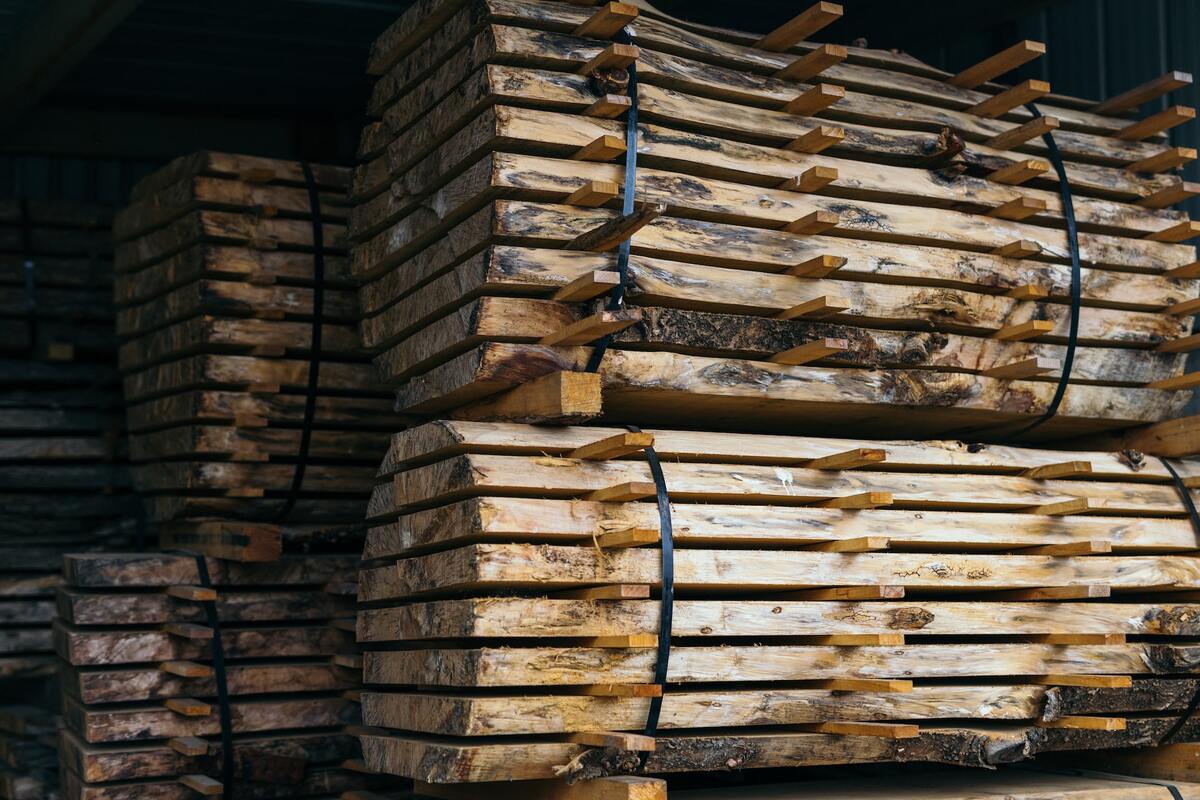Combating Deforestation in Building and Design

Deforestation has had a devastating impact on the planet. Companies worldwide tear down forests, ruining the habitats of hundreds upon thousands of animals, insects and plants. Clearing these trees with no plans to replace them contributes to global warming and the vulnerability of some species.
There are ways to mitigate the negative impact. Here’s how builders and designers can combat deforestation.
Moving From Paper to Digital
One way for builders and designers to combat deforestation is by reducing paper consumption. Paper demand is high in the United States, leading to increased deforestation rates. The number of trees lost annually has decreased compared to the mid-2000s, but America still sees about 2 million hectares (Mha) cut annually.
Moving from paper to digital is an environmentally conscious choice for construction and design companies. Creating blueprints, equipment logs and progress reports on a computer means easier collaboration for all parties involved. Cloud services allow co-workers to brainstorm from anywhere in the world in real-time.
Another benefit of moving to digital is the aspect of analytics. Construction and design software has become more intelligent, and professionals can use algorithms to optimize their ideas. They’ll have a much better understanding of what works and doesn’t while promoting sustainability.
Recycling Paper Products
Moving to digital platforms has many benefits for the construction industry, but there are some advantages to traditional paper methods. Paper will still be present if the power goes out, and designers can make handwritten notes and annotations in the margins. It also doesn’t carry the risk of deletion or cybertheft.
Companies that need to use paper should recycle it and look for recycled products to lessen their environmental impact. An office can reduce its paper consumption by taking this route. This product often has the same quality as typical sheets of copy paper. If possible, offices should use thinner forms, meaning they use less material per page and reduce their usage.
The benefits of recycling paper are difficult to overstate. Businesses worldwide consume it daily, leading to high demand and deforestation. Recycling reduces greenhouse gas emissions and helps with carbon sequestration. The world has gotten better at repurposing paper, but there is still room for improvement as the planet faces global warming.
Embracing Timber Cities
Timber cities are a trend in the construction industry aiming to fight deforestation. Developers construct buildings with more wood and less steel and cement. One may wonder how this combats deforestation if it requires more wood. This concept would help decarbonize new housing and cut greenhouse gases in half by the decade’s end. Timber cities could help alleviate global warming by reducing 100 gigatons of carbon dioxide emissions from now until the end of the century.
Using timber is a cost-effective way for companies to build in addition to its sustainability. Some may fear that wood is vulnerable to fires, but today’s lumber has much less flammability than in the past. Timber cities are a symbol of sustainability for residential and commercial use. Their warm and calming presence promotes better mental health and more intimate environments.
Sourcing More Wood
If society moves toward timber cities, that means the world will need to cut down more trees to meet the increase in demand. Earth has about 500,000 square miles of tree farms, which would need to double to meet the demand for timber cities. However, this number is attainable.
Legislation and federal laws strengthening sustainability in forest management would help achieve this goal. Designating more land for tree farms would protect against deforestation. In addition to planting more trees, people could reduce their meat consumption, freeing up resources for more wood production. The idea of planting more trees to meet demand goes hand in hand with reforestation efforts.
Participating in Reforestation
Reforestation is a vital part of combating deforestation. Nonprofits and other organizations pioneer efforts worldwide to mitigate the effects of greed on forests. Two prominent types of reforestation efforts take place daily: urban and rural.
Rural reforestation focuses its efforts on locations where deforestation has already taken place. Organizations may travel around the United States or go to countries like Brazil and Malaysia to plant trees and heal affected lands. Designers and builders should also consider urban reforestation. Planting trees in developing communities provides better air quality and promotes sustainability.
Combating Deforestation in 2022
Americans and the rest of the world care more about sustainability than ever. Consumers want companies to be more environmentally conscious and use their resources for good. One industry that can promote sustainability and fight global warming is construction. Builders and designers can help decrease carbon emissions and contribute to a healthier society by taking small steps that make a big difference.



